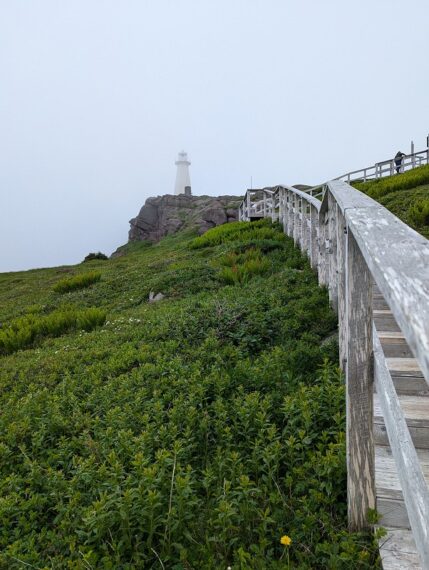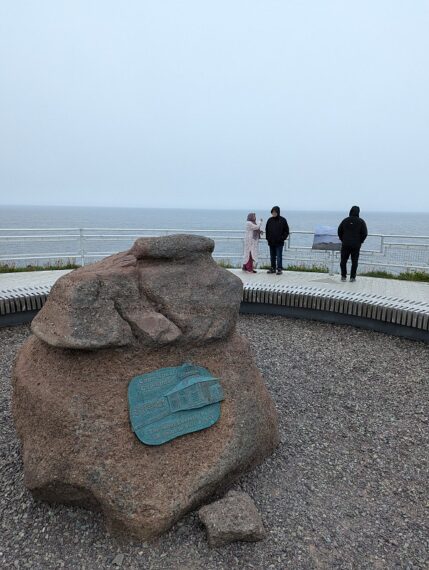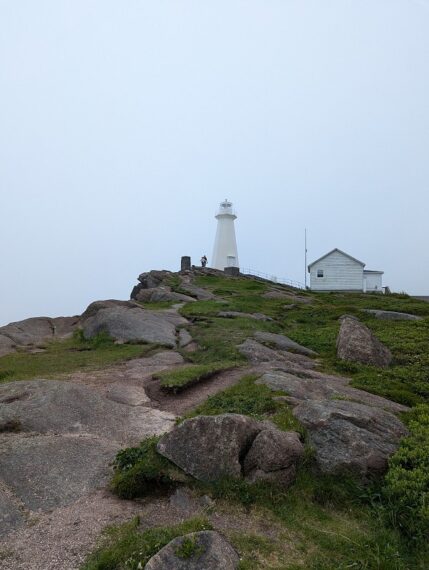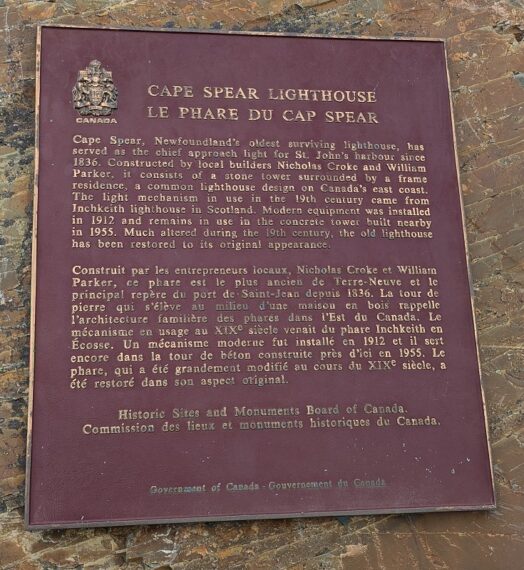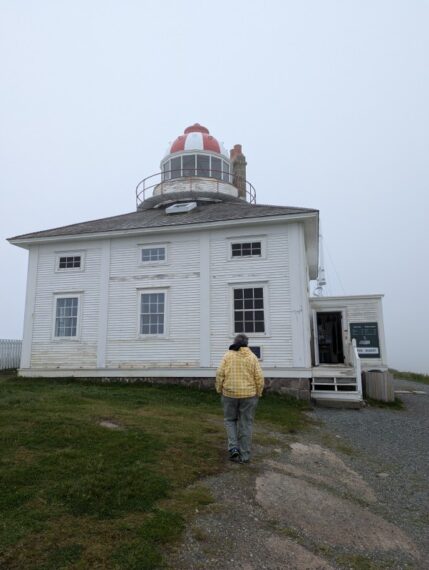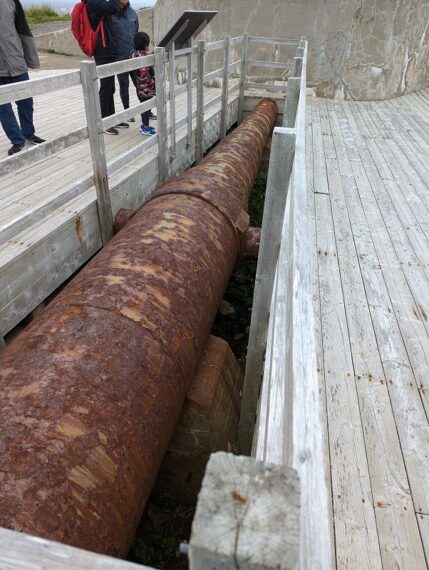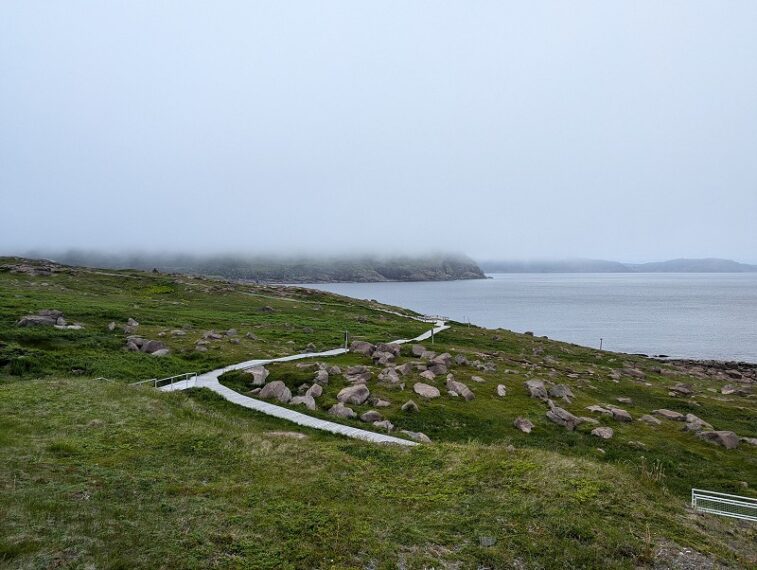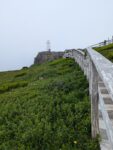Blog Categories
- Blog home
- Avalon (10)
- Central Newfoundland (2)
- Eastern Newfoundland (3)
- Labrador (1)
- St. John's (12)
- Western Newfoundland (3)
Related Travel Information
Cape Spear – as east as possible
- Author: WantsToTravelMore
- Accommodation:
If you are the type of traveller who is on business and flying in, hitting the hotel, doing the work, and then flying out, there’s a risk of missing the significance of the geography.
Everywhere humans live is for a reason. Maybe not a good reason, but there’s a reason.
Newfoundland was colonized by Europeans (and others) for the fish, not the weather.
A lot of Canadians not living in the Atlantic provinces would have trouble answering this trivia question, “What is the eastern most point in North America?”
47 deg 31′ 25″
52 deg 37′ 10″
Cape Spear! Many national historic sites are not as easy as Cape Spear. It’s a 25-minute drive from St. John’s.
Lighthouses have such a romantic history and are therefore compelling. To walk to the lighthouse (there are two; one modern one a restored version) you can take a route that takes you to the eastern most marker. From there, follow the path down and you will discover some WWII history.
The remains of Fort Cape Spear are where cannons were placed to defend against enemy U-boats. The soldiers lived there year-round, which is incomprehensible. June 30 felt like March 30 to me. The plants on this rocky outcrop seem to ooze “I grow here only because someone dared me to.”
Which reminds me. Don’t go off the trail; they don’t want to be pulling your broken body off the rocks.
Heading up hill and upstairs you will get to the modern lighthouse. Further along and up is the old, restored lighthouse. In the cafe you can read up on heroic rescues performed by lighthouse keepers.
With fog rolling in and the foghorn sounding, it was very eerie. Unsurprisingly you could convince people this was a Scottish mystery show.
To give an idea of how far away Cape Spear is, I plugged it and Vancouver into my maps app. 6,888 driving km. And that was if you took the shortcut and drove through the USA.
If you can get to Cape Spear when the weather allows visibility, you can start to see and feel how vast the Atlantic Ocean is. Let your imagination take you places.
Fun fact, Marconi received the first transatlantic radio signal here. He tried to put up a receiving antenna, but it was so windy, the poles came down. He used a kite instead. Did I mention the wind?
